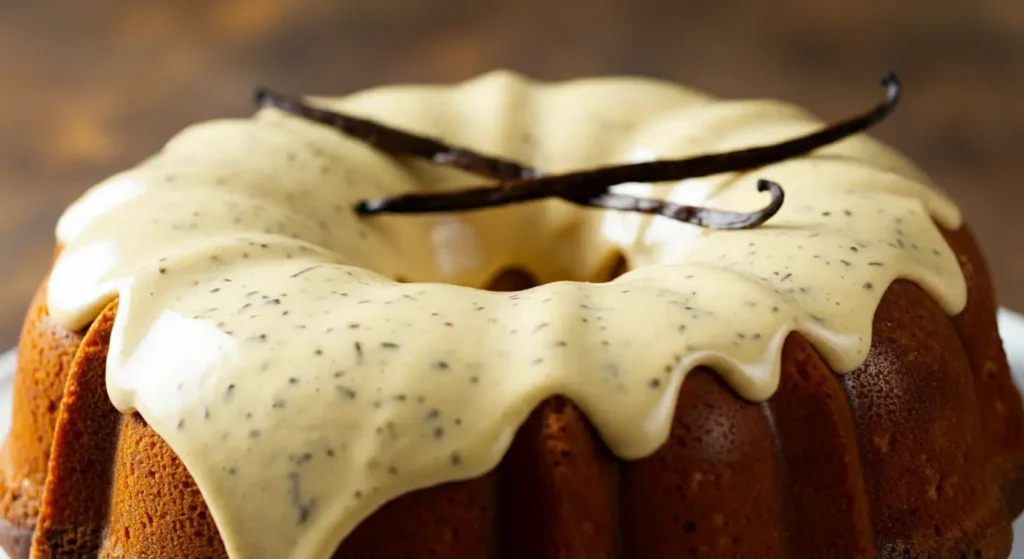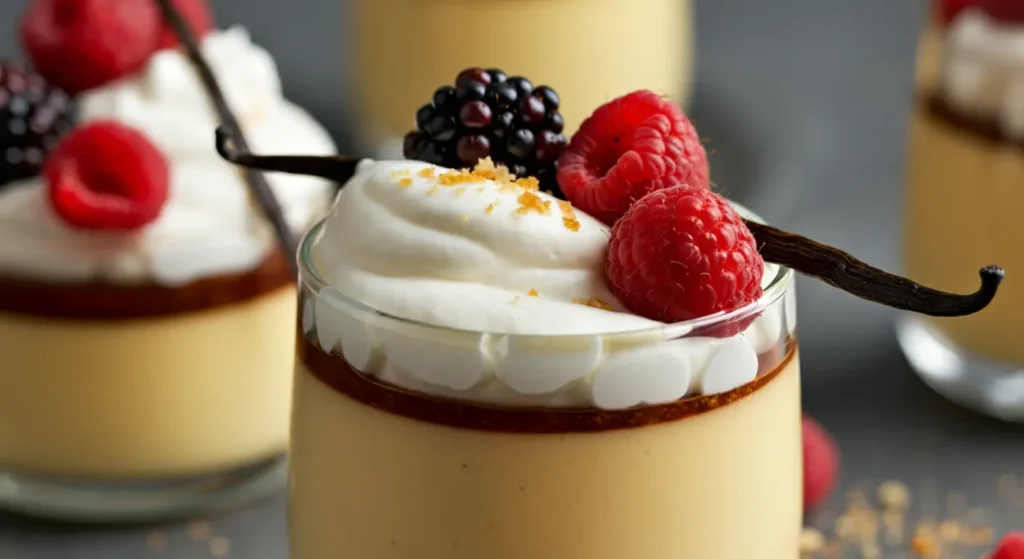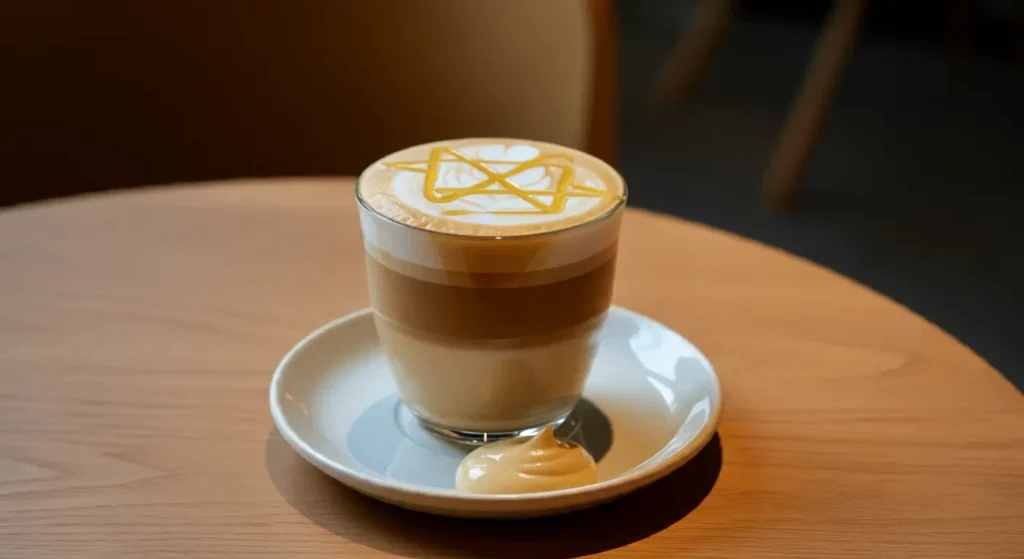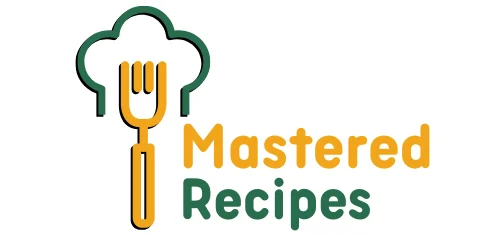Vanilla Paste Recipe: A Complete Guide to Making and Using It
Vanilla is one of the most beloved flavors in the culinary world, adding warmth, depth, and complexity to both sweet and savory dishes. While vanilla extract is a common choice for many, vanilla paste offers a boosted alternative with its rich flavor and signature black specks of vanilla beans. In this guide, we’ll discover how to make a simple yet versatile vanilla paste recipe at home and how to use it to enrich your cooking and baking.
Table of contents
What is Vanilla Paste?
Vanilla paste is a concentrated form of vanilla flavoring made from scraped vanilla bean seeds combined with a base such as glycerin, sugar, or water. Unlike liquid vanilla extract, it has a thick, syrupy consistency that not only strengthens flavor but also adds visual appeal to dishes with its tiny black specks of vanilla bean seeds.
This vanilla paste recipe is an excellent way to enjoy the rich and aromatic taste of pure vanilla without the need for expensive store-bought options. It’s also non-alcoholic, making it suitable for all dietary preferences and needs.
Why Make Your Own Vanilla Paste?
There are many reasons to prepare a vanilla paste recipe at home rather than relying on commercial versions:
- Cost-Effective: High-quality store-bought vanilla paste can be expensive. Making your own is often more affordable.
- Customization: Adjust sweetness, thickness, and flavor strength to suit your preferences.
- Non-Alcoholic: Unlike most vanilla extracts, this recipe uses glycerin as a base, making it perfect for those avoiding alcohol.
- Freshness: Homemade vanilla paste assures you’re using fresh, natural ingredients without artificial additives or preservatives.
Ingredients for the Vanilla Paste Recipe
To prepare this vanilla paste recipe, you’ll need:
- 4-6 vanilla beans: Fresh, plump, and fragrant beans are ideal.
- ½ cup of food-grade glycerin: Serves as both a base and preservative.
- 1 tablespoon sugar (optional): Enrich sweetness and help preserve the paste.
- 1-2 tablespoons water (optional): Adjust consistency if needed.
These simple ingredients create a luxurious paste that’s perfect for all your culinary needs.

Step-by-Step Vanilla Paste Recipe
Step 1: Prepare the Vanilla Beans
Carefully slice each vanilla bean lengthwise with a sharp knife. Scrape out the tiny seeds (also called vanilla caviar) from the pods and set them aside. Save the pods as they’ll be used to infuse the mixture later.
Step 2: Heat the Glycerin
In a small saucepan, gently heat the glycerin over low heat. Avoid boiling, as excessive heat can diminish the delicate vanilla flavor.
Step 3: Infuse the Vanilla
Stir the scraped vanilla seeds and empty pods into the warm glycerin, making sure the seeds are evenly spread. Allow the mixture to simmer slowly for 10–15 minutes, stirring from time to time.
Step 4: Blend for Smoothness (Optional)
For an ultra-smooth paste, you can blend the mixture using a food processor or immersion blender. This step is optional but helps achieve a uniform texture.
Step 5: Cool and Store
Allow the mixture to cool completely. Move the vanilla paste into a sterilized, airtight container and store it in a cool, dark spot to keep its flavor intact.
Your vanilla paste recipe is now ready to use in a variety of dishes!
How to Use Vanilla Paste

One of the best things about this vanilla paste recipe is its versatility. Here are some ways to use it:
- Baking: Replace vanilla extract with vanilla paste in cakes, cookies, muffins, and more. Use the same amount—1 teaspoon of vanilla paste is equivalent to 1 teaspoon of vanilla extract—but enjoy a richer flavor and those beautiful black specks.
If you’re experimenting with new dishes, try pairing your vanilla paste with savory items or desserts like a One-Skillet Cheesy Ground Chicken Pasta, where its sweetness complements the richness of the dish. - Desserts: Add it to custards, ice creams, puddings, or whipped cream to boost their flavor. The thick consistency works especially well in creamy desserts.
- Beverages: Stir the vanilla paste into lattes, hot chocolates, milkshakes, or smoothies for a touch of luxury. Its syrupy texture guarantees it blends smoothly.
- Savory Dishes: While not as common, a hint of vanilla can complement savory dishes like roasted vegetables, seafood, or sauces.
Tips for Success with Your Vanilla Paste Recipe
- Choose Quality Vanilla Beans:
- Look for fresh, plump beans with a strong aroma. Dried beans will yield less flavor.
- Use Food-Grade Glycerin:
- Assure the glycerin is safe for consumption to avoid any health risks.
- Store Properly:
- Keep the vanilla paste in an airtight container in a cool, dark place. This will prevent it from losing its flavor over time.
- Adjust Sweetness:
- Feel free to omit sugar or use alternative sweeteners like honey or maple syrup for a personalized touch.
Vanilla Paste Recipe FAQs
How long does homemade vanilla paste last?
When stored properly in a cool, dark place, this vanilla paste recipe can last up to two years.
Can I substitute vanilla paste for vanilla extract?
Yes! Use an equal amount of vanilla paste in place of extract for a richer flavor.
Can I use this recipe without sugar?
Absolutely. The sugar is optional and can be omitted if you prefer.
What type of vanilla beans should I use?
Bourbon vanilla beans are a popular choice for their rich, creamy flavor, but you can also experiment with Tahitian or Mexican vanilla beans for different flavor profiles.
Exploring the Origins of Vanilla

Vanilla is derived from the pods of a tropical orchid native to Central and South America. Today, Madagascar is the largest producer of vanilla beans, followed by Indonesia and Mexico. The distinct flavor of vanilla comes from vanillin, a compound found in the beans.
Using a vanilla paste recipe allows you to enjoy the purest essence of this beloved ingredient in your cooking.
Benefits of Making Your Own Vanilla Paste Recipe
- Non-Alcoholic Alternative:
- Perfect for those who avoid alcohol due to dietary, religious, or health reasons.
- Customizable:
- Modify the sweetness and texture to your preference.
- Natural and Pure:
- No artificial flavors, additives, or preservatives—just pure vanilla goodness.
- Cost-Saving:
- Vanilla beans may be pricey, but homemade paste often costs less than store-bought options in the long run.
- Sustainability:
- By making your own vanilla paste, you can reduce waste by reusing the pods in other recipes, such as vanilla sugar or infused syrups.
Storage and Shelf Life
Proper storage is key to ensuring the longevity of your vanilla paste recipe:
- Container: Use a sterilized, airtight jar.
- Storage: Keep it in a cool, dark environment, away from direct sunlight and heat.
- Shelf Life: Homemade vanilla paste generally lasts up to two years, though its flavor may diminish as time passes.
Common Mistakes to Avoid
- Using Low-Quality Vanilla Beans:
- Fresh, high-quality beans are essential for a flavorful paste.
- Overheating the Glycerin:
- Excessive heat can destroy the delicate oils that give vanilla its unique flavor.
- Not Scraping the Beans Properly:
- Make sure to extract as much of the seeds as possible to maximize flavor.
- Improper Storage:
- Exposure to air, heat, or light can shorten the shelf life of your vanilla paste.
Final Thoughts on Vanilla Paste Recipe
Making your own vanilla paste recipe is an easy and rewarding process that allows you to enjoy the pure, rich flavor of vanilla in all your culinary creations. Whether you’re baking a decadent cake, stirring up a cozy latte, or creating a gourmet dessert, this homemade paste is sure to impress.
Try this recipe today, and improve your cooking and baking to a whole new level with the natural essence of vanilla!

3 thoughts on “Vanilla Paste Recipe: The Easiest Way to Make It at Home”